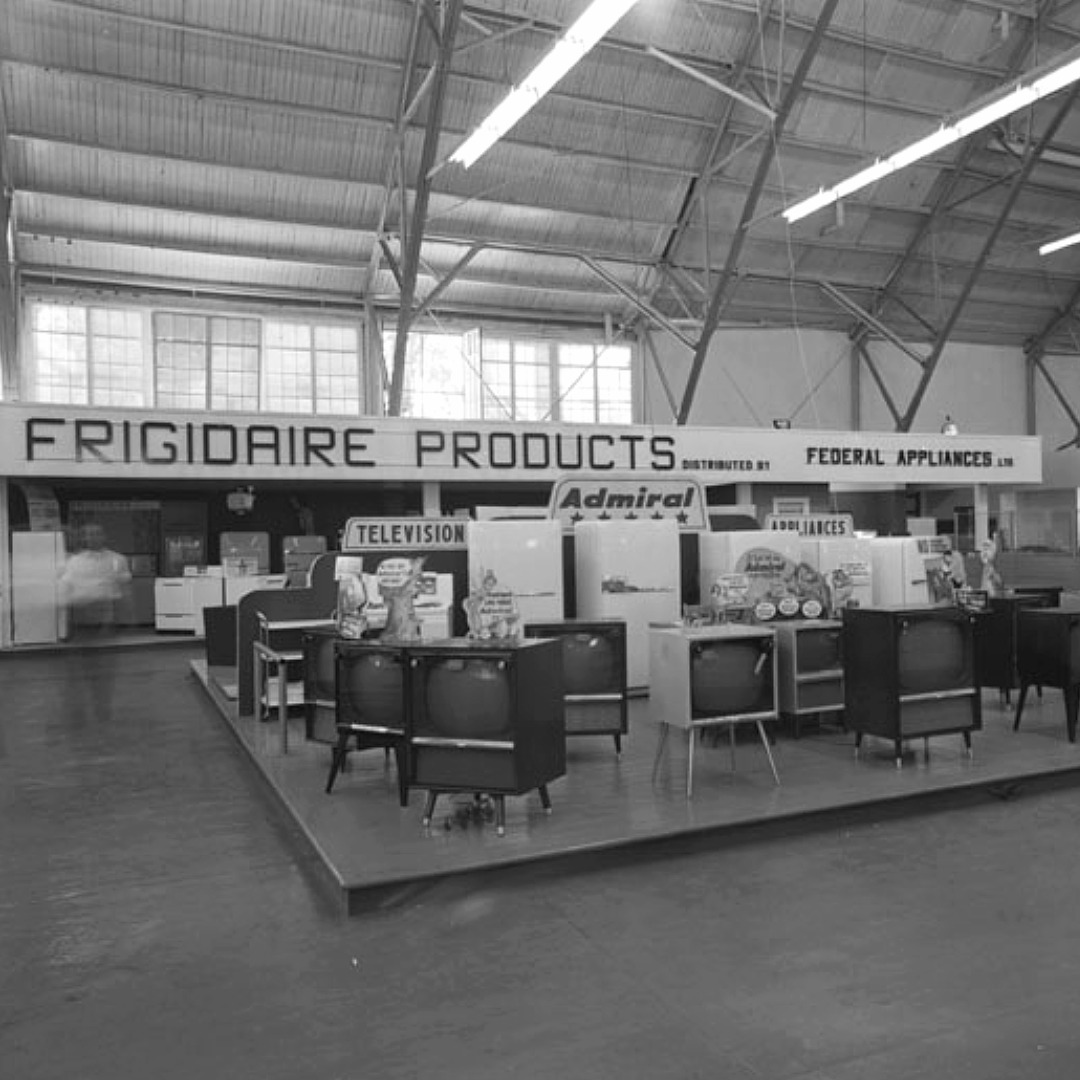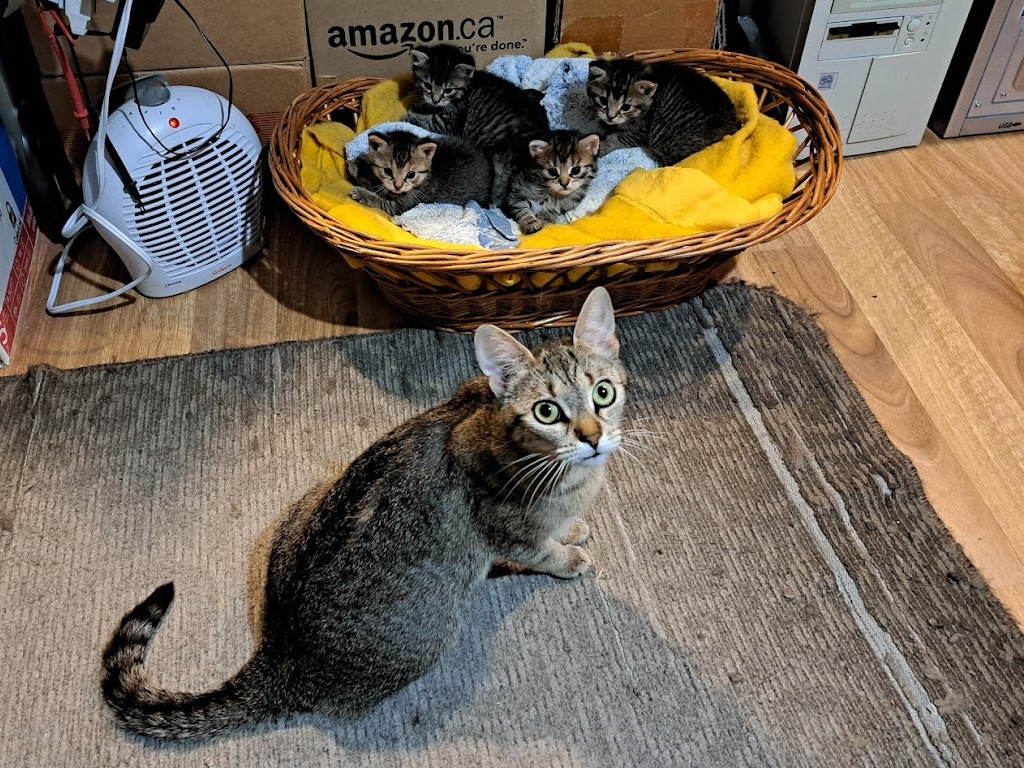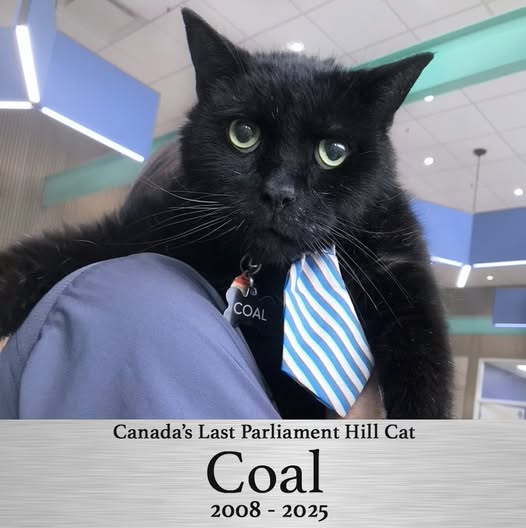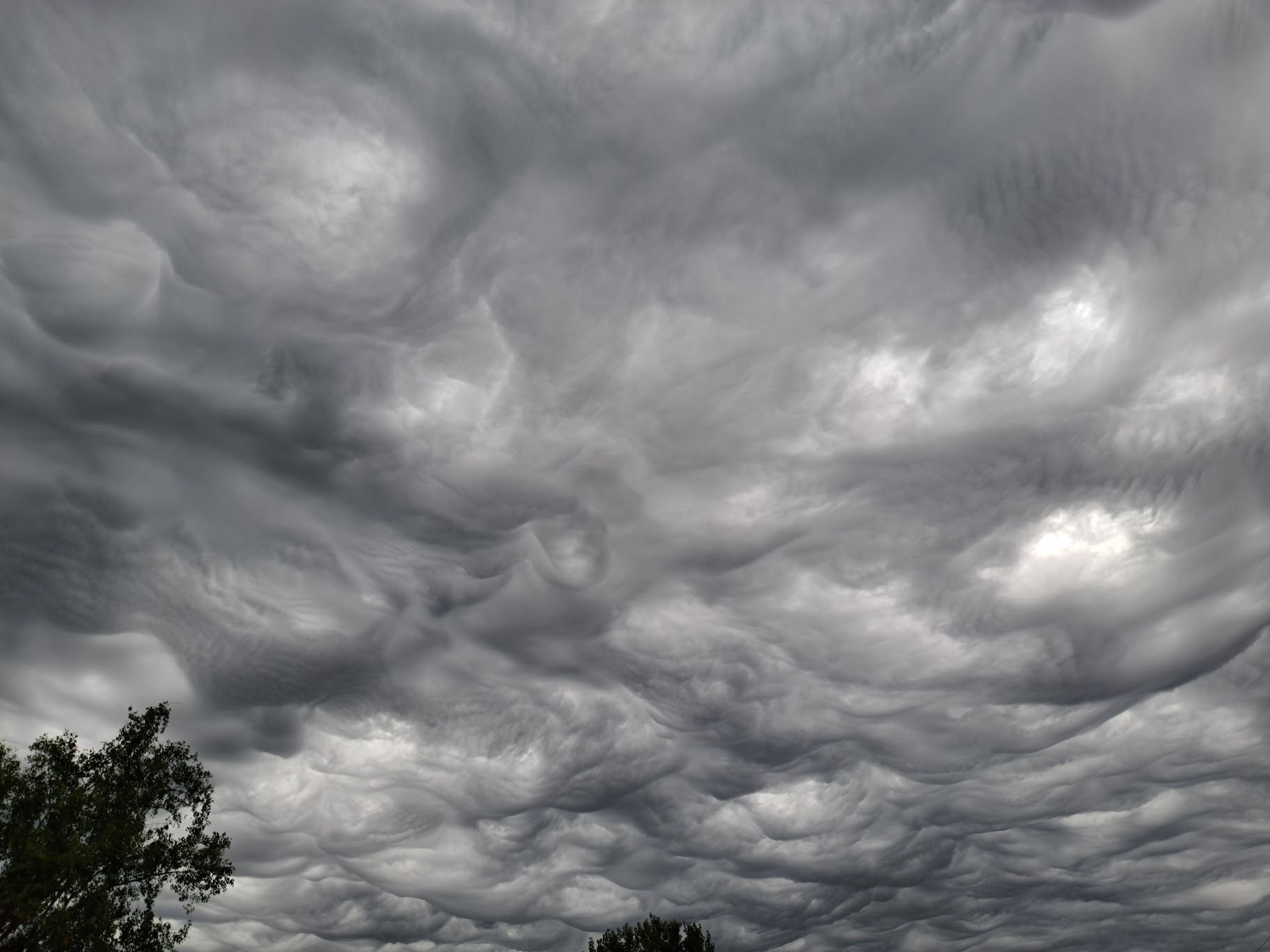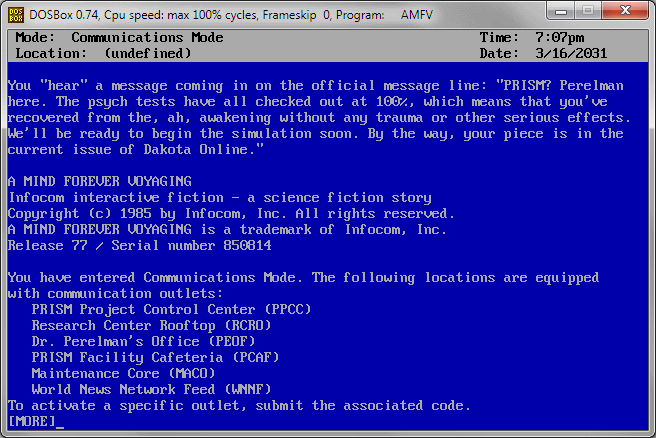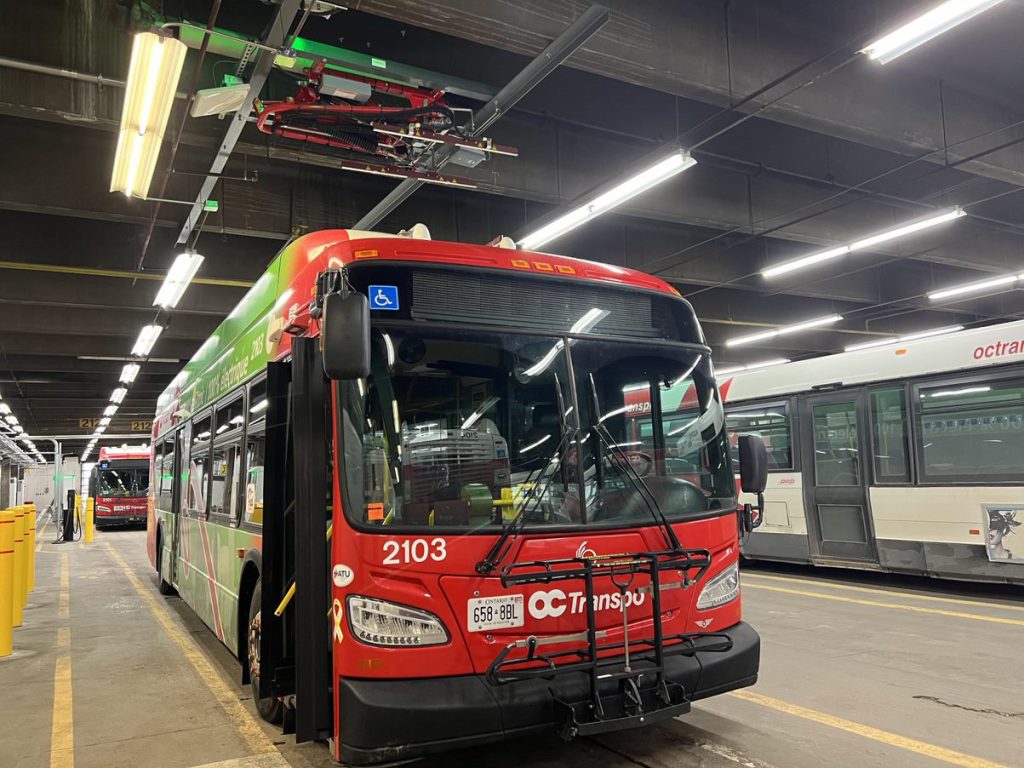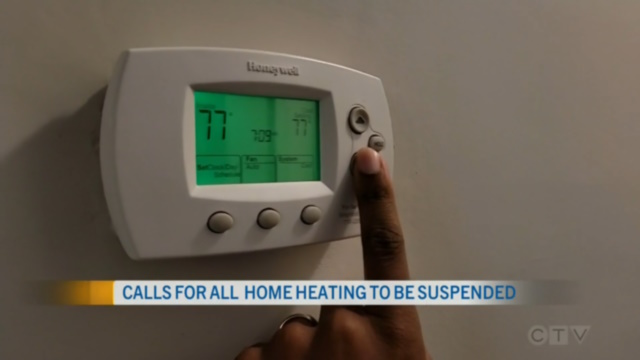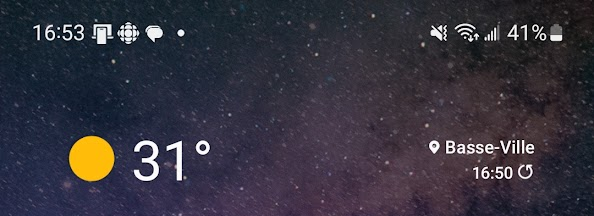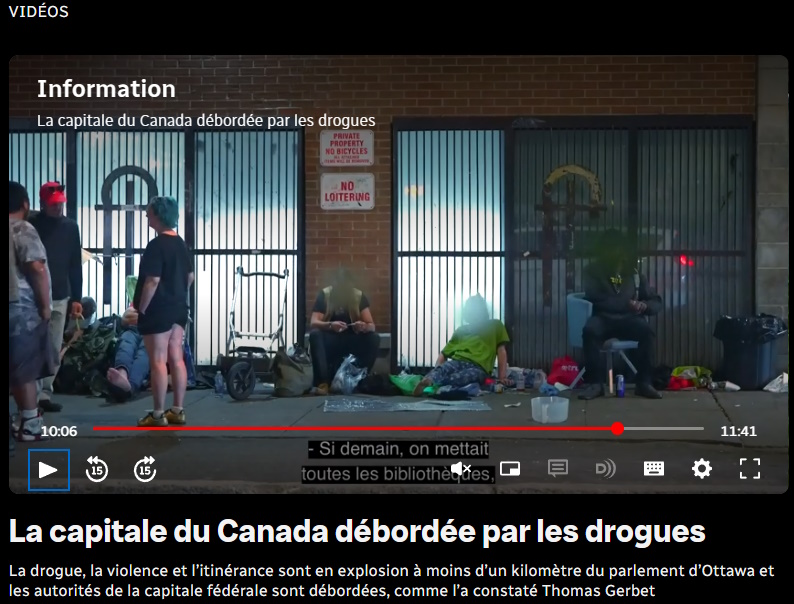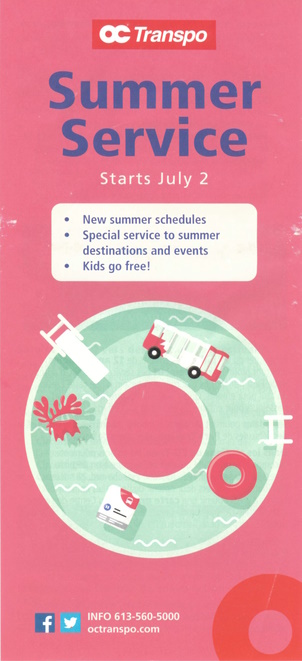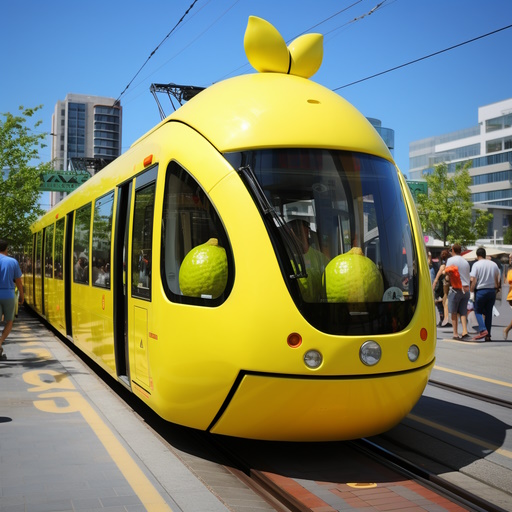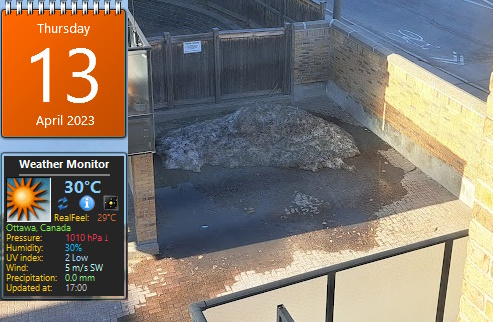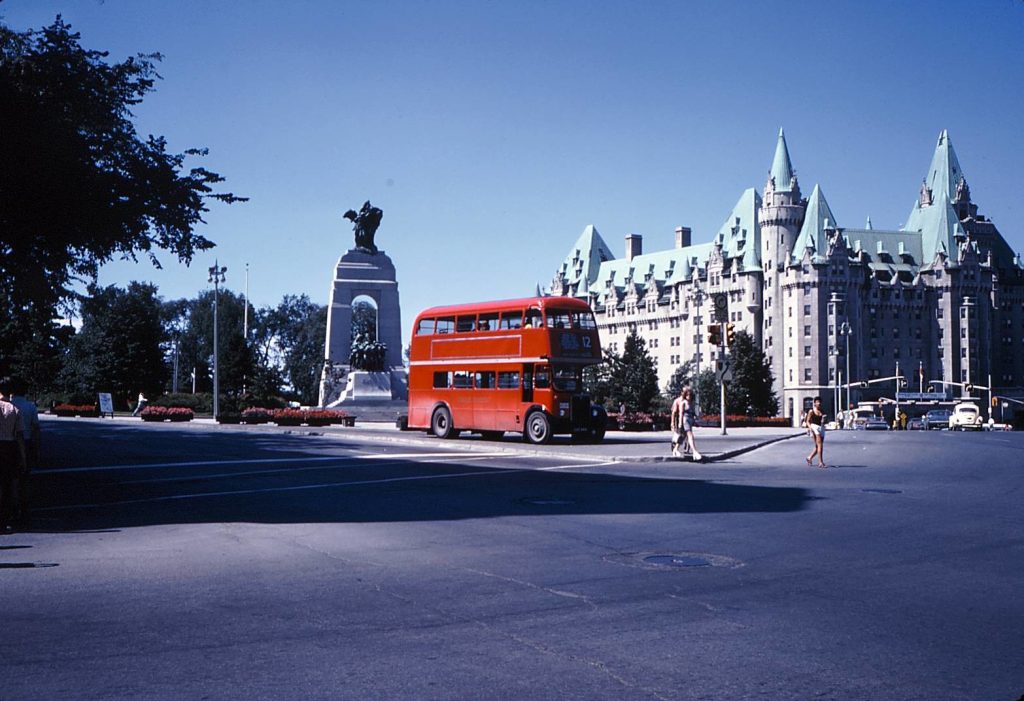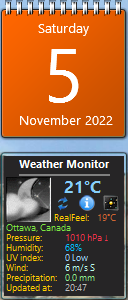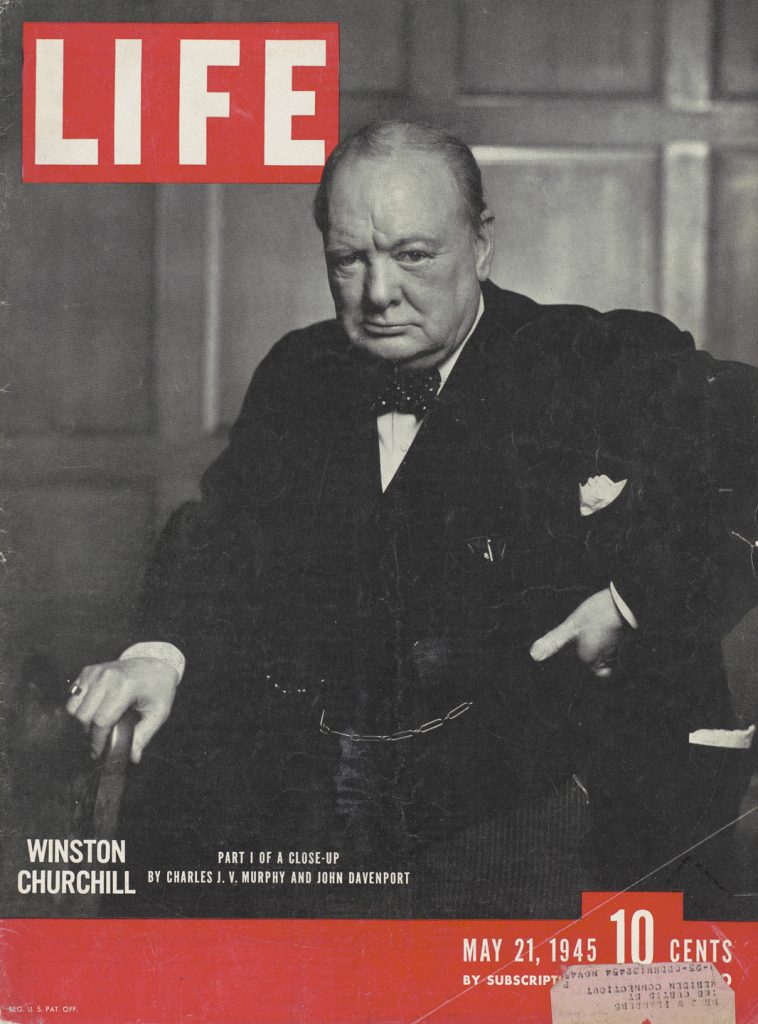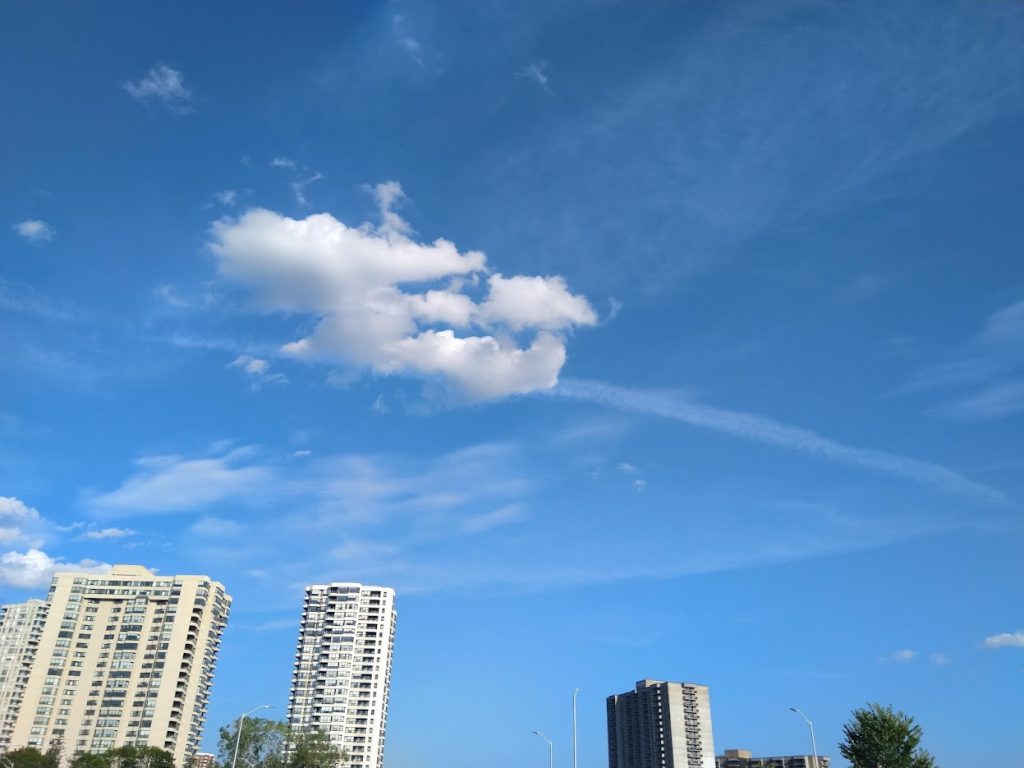Earlier this morning, still in bed, I was thinking about how electricity entered people’s lives in the past century or so.
My wife and I personally knew older people who spent their childhood in a world without electricity.
- When electricity finally arrived, it was at first in the form of electric lights.
- Not much later, simple machines appeared. Maybe a vacuum cleaner. Maybe a coffee grinder. Something with a simple electric motor and some trivial mechanical construction.
- Next came the radio. Suddenly, electricity introduced a whole new dimension: you were never alone anymore. If you had a radio set and a power source, you could listen to the world.
- Then there were refrigerators, revolutionizing kitchens. Leftovers were no longer waste or slop for farm animals: they could be consumed a day or two later, kept fresh in the fridge.
- Not long after, another miracle began to pop up in homes: television sets.
- Sometime along the way, electric stoves, ventilators, and ultimately, air conditioning also appeared in many homes.
One could almost construct a timeline along these lines. This is what was on my mind earlier in the morning as I was waking up.
And then, a few hours later, a post showed up in my feed on Facebook, courtesy of the City of Ottawa Archives, accompanied by an image of some exhibition grounds celebrating World Television Day back in 1955.
It’s almost as though Facebook read my mind.
No, I do not believe that they did (otherwise I’d be busy constructing my first official tinfoil hat) but it is still an uncanny coincidence. I could not have possibly come up with a better illustration to accompany my morning thoughts on this subject.
